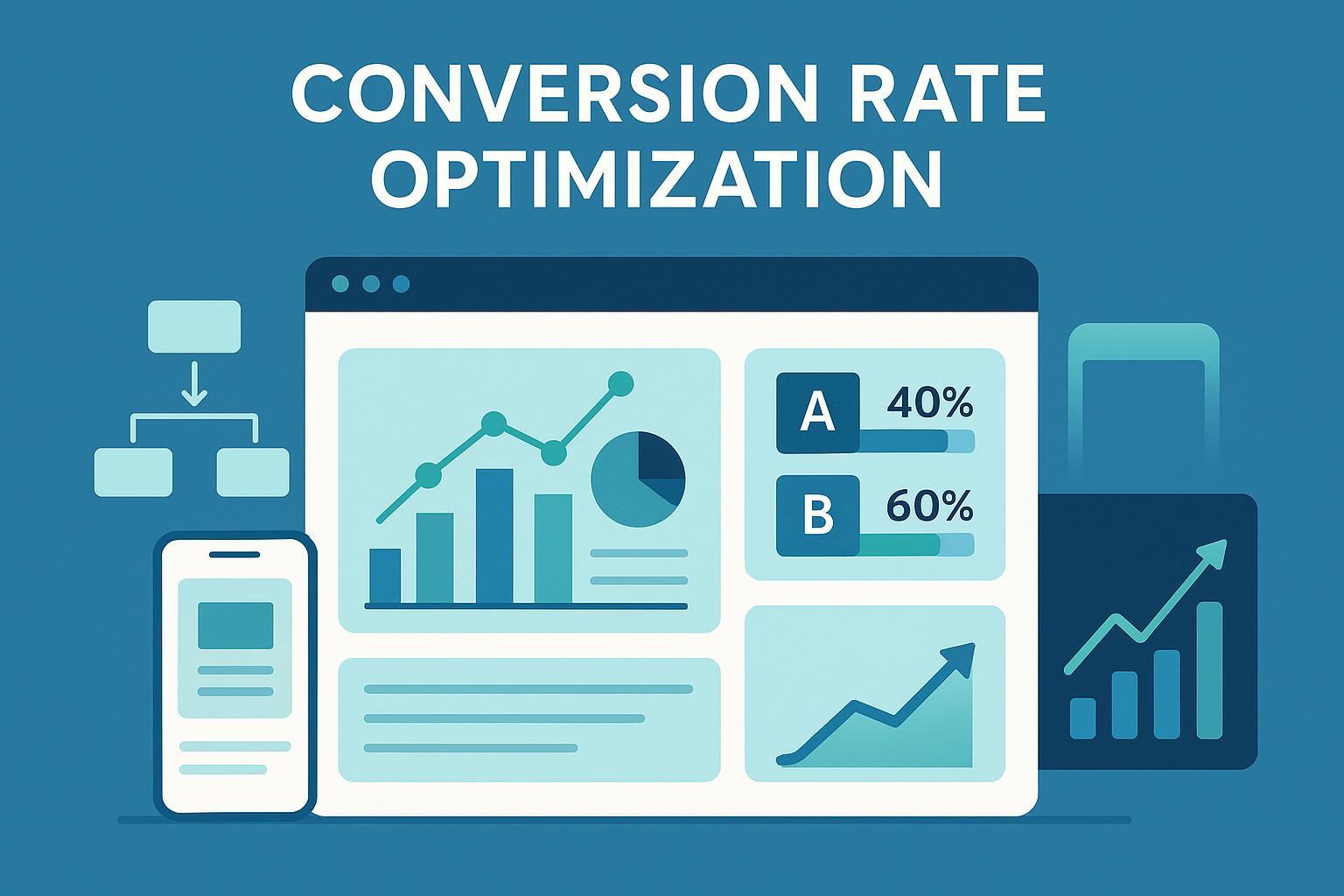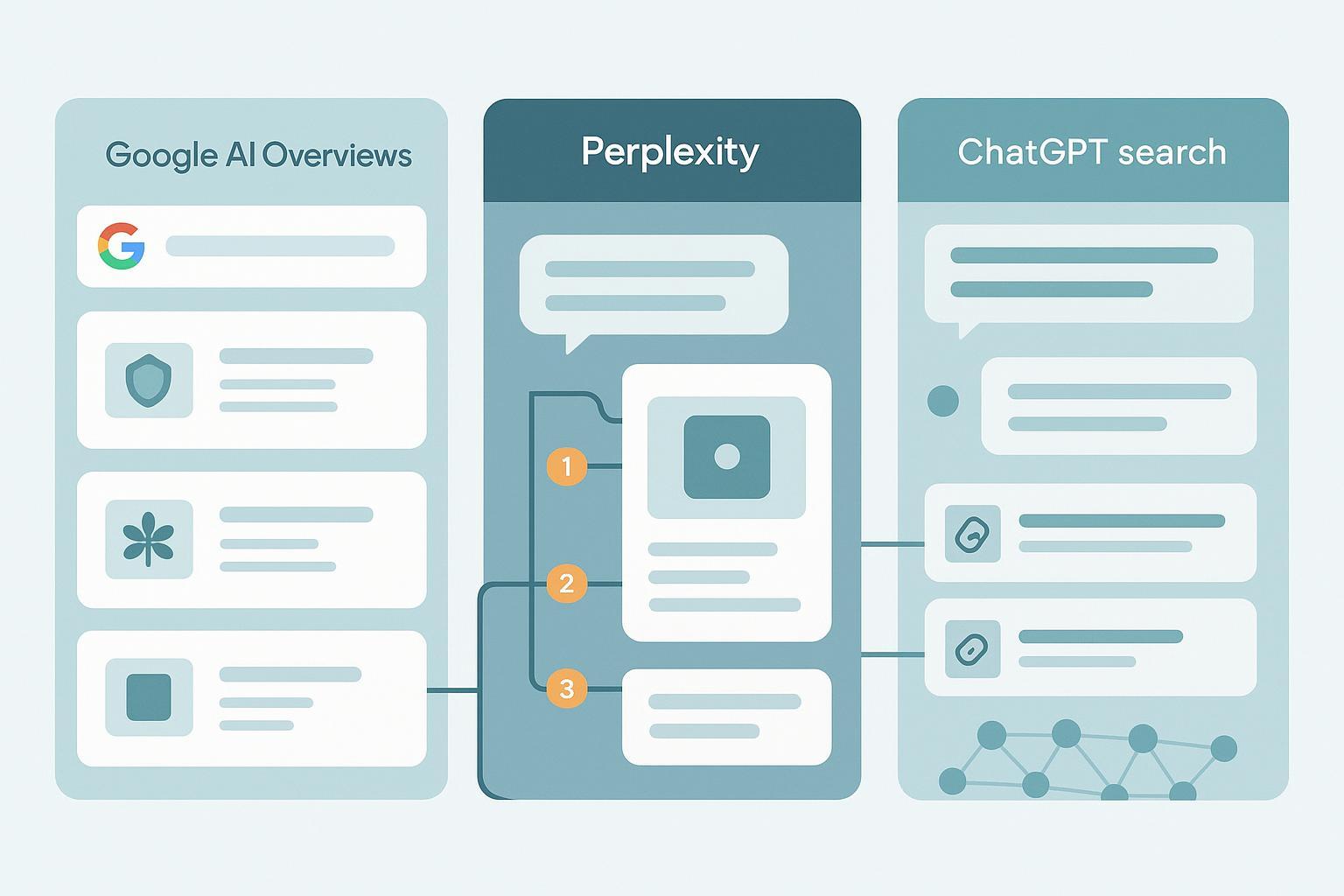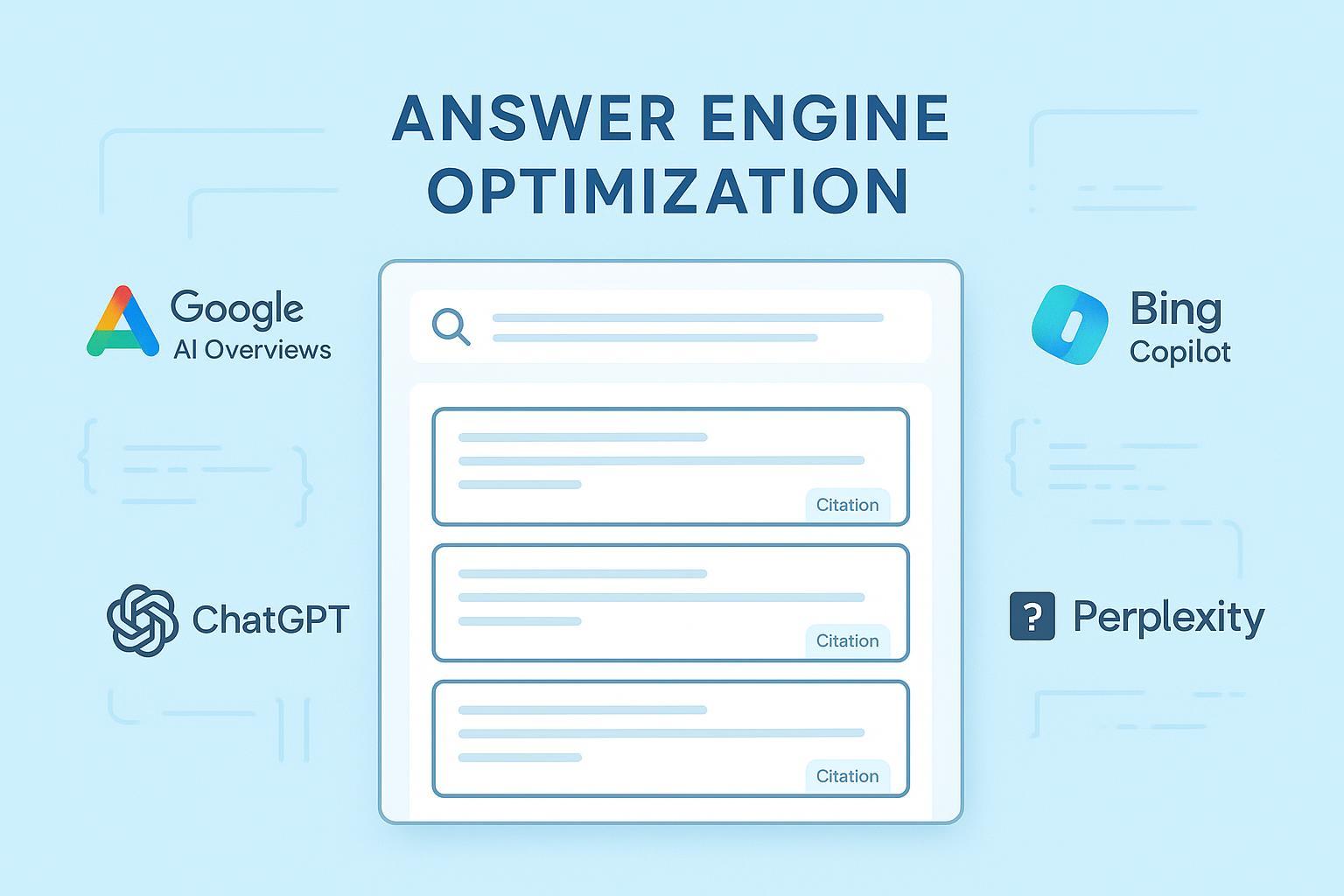Conversion Rate Optimization Best Practices 2024/2025: Expert Guide
Unlock industry-validated Conversion Rate Optimization (CRO) best practices for 2024/2025. Actionable framework, case studies, and proven ROI for digital marketing professionals.


Introduction: Why CRO is Your Fastest Path to Revenue Growth
Conversion Rate Optimization (CRO) is no longer a niche digital marketing activity—it's one of the most ROI-positive levers for revenue, lead generation, and product adoption. Yet, most businesses still struggle with bottlenecks, high bounce rates, or testing without tangible lift. If you're tasked with turning traffic into business results, mastering CRO is non-negotiable.
This playbook distills the latest, research-backed best practices—and what’s actually working for top brands today. Expect actionable steps, benchmark data, and case-driven evidence. Apply these principles, and you can expect conversion uplifts of 10–44% or more (Unbounce case studies), sustainable brand trust, and a scalable optimization system in 2024 and beyond.
The 9 Best Practices for World-Class Conversion Rate Optimization
1. Adopt a Structured, Iterative CRO Framework
A predictable, repeatable CRO process outperforms ad hoc changes. The six-step industry framework (VWO):
- Research: Deep dive into analytics, heatmaps, and user feedback.
- Hypothesize: Form specific, testable ideas about what will improve conversions.
- Prioritize: Use systematic matrices like ICE, PIE, or PXL to focus on highest-impact experiments first.
- Experiment: Run statistically valid A/B or multivariate tests.
- Analyze: Measure outcomes rigorously. Document learnings.
- Iterate: Roll out winning elements, refine, then restart.
Impact: Teams using structured CRO processes report 2-5x the improvement rates over reactive efforts (CXL).
2. Ground Your Decisions in Data: Combine Quantitative & Qualitative Research
Don’t rely on guesswork or best guesses about user friction. Blend quantitative analytics (traffic, funnel drop-offs, conversion rates) with qualitative user research (surveys, session replays, interviews). This provides full context—why users act, not just what they do.
- Use platforms like Google Analytics for metrics and segment analysis.
- Deploy Hotjar or Crazy Egg for heatmaps and session recordings.
Case Example: Continuous research-led CRO enabled Thinkific to optimize 700+ landing pages, resulting in 150,000 extra conversions and $100M ARR (source).
3. Prioritize Experiments Using Scoring Frameworks
Not all ideas are equal. Utilize matrices such as ICE (Impact, Confidence, Ease), PIE (Potential, Importance, Ease), or PXL (CXL guide) to rank and select which hypotheses to test first.
- ICE is ideal for fast-moving teams needing rapid prioritization.
- Document all hypotheses and outcomes for organizational learning.
Best-in-Class: Mature CRO teams use weighted frameworks to consistently deliver testing ROI 20–30% above unstructured teams (CXL).
4. Leverage A/B and Multivariate Testing—With Statistical Rigor
Never rely on gut feeling. A/B testing is the gold standard for validating conversion hypotheses (VWO A/B Guide). Follow best practices:
- Ensure traffic/sample size is statistically significant—tools like Optimizely and VWO help calculate this.
- Segment results (by device, traffic source, new vs. repeat users) to avoid misleading averages.
- Run for entire business cycles to factor in daily/weekly variations.
Case: Tom’s Planner saw a 44% uplift in sign-ups after A/B testing a new homepage design (Unbounce Case Studies).
5. Embrace Advanced Segmentation and Personalization
Modern CRO is not one-size-fits-all. Dynamically personalize content, CTAs, and UX based on traffic source, user intent, location, or onsite behavior.
- AI-powered platforms like Evolv AI automate segmentation and real-time personalization (Nogood).
- Tailor landing pages and forms to user profiles for maximum relevance.
Benchmark: Personalized experiences drive 10–20% higher conversion rates in e-commerce and SaaS (Demandsage conversion benchmarks).
6. Optimize UX for Clarity, Speed, and Frictionless Journeys (Desktop & Mobile)
User experience is a conversion multiplier. Key focus areas:
- Remove unnecessary steps/fields (especially at checkout/lead forms)
- Optimize site speed: 1 in 4 users abandon if a site takes >4 seconds to load
- Maintain visual clarity: strong hierarchy, whitespace, and responsive design
- Address accessibility (ADA/WCAG)
Data Point: The Baymard Institute found that 69.57% of carts are abandoned on average—many due to poor UX (Baymard Cart Abandonment Data).
7. Build Trust and Respect Privacy to Remove Conversion Barriers
Conversion is trust. Incorporate elements that assure and empower users:
- Prominent social proof (testimonials, usage stats, press)
- Clear, persistent privacy disclosures and easy-to-use consent managers (Usercentrics).
- Ensure GDPR/CCPA compliance—especially for global/e-commerce brands.
Evidence: Visible trust badges and privacy assurances can reduce bounce rates by up to 19% in A/B tests (CXL Trust Study).
8. Embrace AI and Automation for Continuous Optimization
Stay ahead of the curve by adopting AI-driven CRO:
- Use AI tools like Evolv AI to automate A/B and multivariate tests, predictive analytics, and behavioral targeting.
- AI models uncover patterns and surface optimization opportunities at scale—enabling always-on improvement.
Insight: Leading CRO experts cite AI adoption as a 2024 game-changer for competitive conversion teams (Nogood AI CRO Trends).
9. Measure, Document, and Institutionalize Learnings
Great CRO compounds when learnings are shared.
- Track KPIs: conversion rate uplift, bounce rate, average order value, and customer lifetime value.
- Build a documented "learning library"—what worked, what didn’t, why.
- Integrate wins into the broader growth and UX process.
Industry Wisdom: Organizations with centralized CRO knowledge bases deliver 30–45% faster optimization cycles (CXL).
CRO Process Visualization: From Research to Iteration
[Research & Analytics]
↓
[Hypothesize & Prioritize]
↓
[Experiment/Test]
↓
[Analyze Results]
↓
[Iterate & Scale Wins]
⬑ (Repeat)
Resource: For a fully visual step-by-step guide, consult CXL’s CRO Strategy Framework.
Essential CRO Tools for 2024
- Optimizely: Testing and personalization suite (Official Site).
- VWO: Full-stack experimentation (A/B, multivariate, behavioral analytics) (Official Site).
- Hotjar/Crazy Egg: Qualitative insights (heatmaps, session replay)
- Google Analytics: Traffic + conversion fundamentals
- Evolv AI: AI-powered testing and dynamic personalization (Overview)
- Attention Insight: Predictive heatmaps and pre-launch design analysis
For a detailed CRO tool comparison and free checklists, see Omniconvert’s CRO Tools List.
Conclusion: Turn Insights Into Exponential Results
True CRO isn’t about hacks or tweaks—it's a process-driven discipline yielding compounding business gains. By systematically applying the best practices above, you’ll:
- Increase conversions (industry standards: 2.5%–3%+ for e-commerce, up to 18% for top landing pages)
- Shorten sales cycles and maximize paid ad returns
- Build long-term brand trust and advocacy
- Future-proof your brand for emerging trends (AI, privacy, omnichannel)
Take Action Now:
- Audit your own CRO process—where are your biggest gaps?
- Implement these steps one-by-one, benchmarking with your site metrics.
- Schedule monthly reviews and keep testing—continuous improvement is the CRO secret weapon.
For more deep-dive guides and conversion checklists, follow trusted authorities: CXL, VWO, Baymard Institute, Hotjar CRO Guides.
Conversion optimization is a marathon, not a sprint. Start with structure, anchor in data, and keep iterating for market-leading results.





